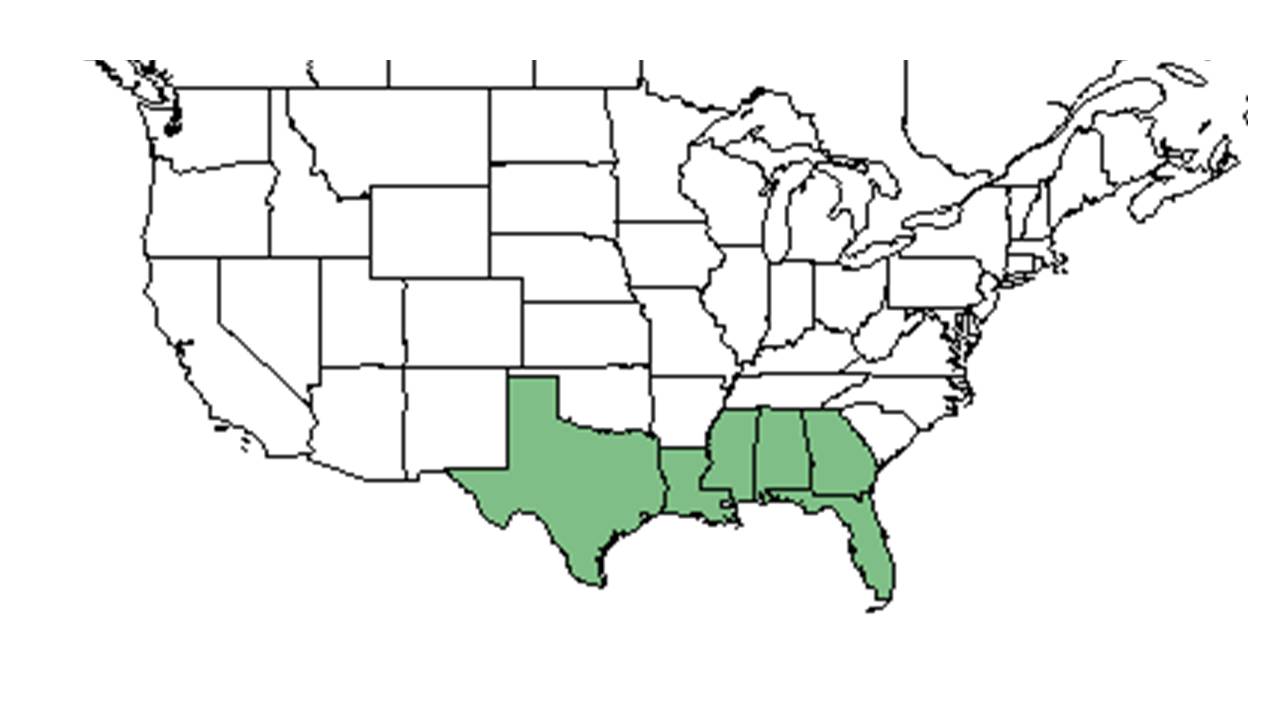Difference between revisions of "Euphorbia discoidalis"
(→References and notes) |
(→Description) |
||
| Line 19: | Line 19: | ||
==Description== | ==Description== | ||
<!-- Basic life history facts such as annual/perrenial, monoecious/dioecious, root morphology, seed type, etc. --> | <!-- Basic life history facts such as annual/perrenial, monoecious/dioecious, root morphology, seed type, etc. --> | ||
| + | Common Name: summer spurge | ||
| + | |||
==Distribution== | ==Distribution== | ||
==Ecology== | ==Ecology== | ||
Revision as of 18:13, 2 July 2015
| Euphorbia discoidalis | |
|---|---|
Error creating thumbnail: Unable to save thumbnail to destination
| |
| Scientific classification | |
| Kingdom: | Plantae |
| Division: | Magnoliophyta - Flowering plants |
| Class: | Magnoliopsida – Dicotyledons |
| Order: | Euphorbiales |
| Family: | Euphorbiaceae |
| Genus: | Euphorbia |
| Species: | E. discoidalis |
| Binomial name | |
| Euphorbia discoidalis Chapm. | |

| |
| Natural range of Euphorbia discoidalis from USDA NRCS Plants Database. | |
Contents
[hide]Description
Common Name: summer spurge
Distribution
Ecology
Habitat
It likes sandy soils as well as disturbance. Kral (1983) says that it appears to have increased because of disturbance: "Areas in various stages of site preparation have an abundance which continues until the crowns of plantation pine close."[1] It is found in open sandy woodlands; it is most common in longleaf pine-deciduous scrub oak woods and oak-hickory-pine uplands wherever the soils are sandy. It is also found in sandy clearings, and sandhills.[1]. Euphorbia discoidalis is restricted to native groundcover with a statistical affinity in upland pinelands of South Georgia (Ostertag and Robertson 2007).
Phenology
It flowers from late August to frost.[1]
Seed dispersal
Seed bank and germination
Fire ecology
– It responds positively to fire. Kral (1983) writes "In naturally stocked uplands it increases as a result of woods fires which reduce competing woody vegetation." [1]
Pollination
Use by animals
Diseases and parasites
Conservation and Management
Cultivation and restoration
Photo Gallery
References and notes
Ostertag, T.E., and K.M. Robertson. 2007. A comparison of native versus old-field vegetation in upland pinelands managed with frequent fire, South Georgia, USA. Pages 109–120 in R.E. Masters and K.E.M. Galley (eds.). Proceedings of the 23rd Tall Timbers Fire Ecology Conference: Fire in Grassland and Shrubland Ecosystems.
- ↑ Jump up to: 1.0 1.1 1.2 1.3 Kral, R. (1983). Euphorbia discoidalis Chapman. A report on some rare, threatened or endangered forest-related vascular plants of the South. R. Kral. Atlanta, USDA Forest Service, Paper 228: 701-705.